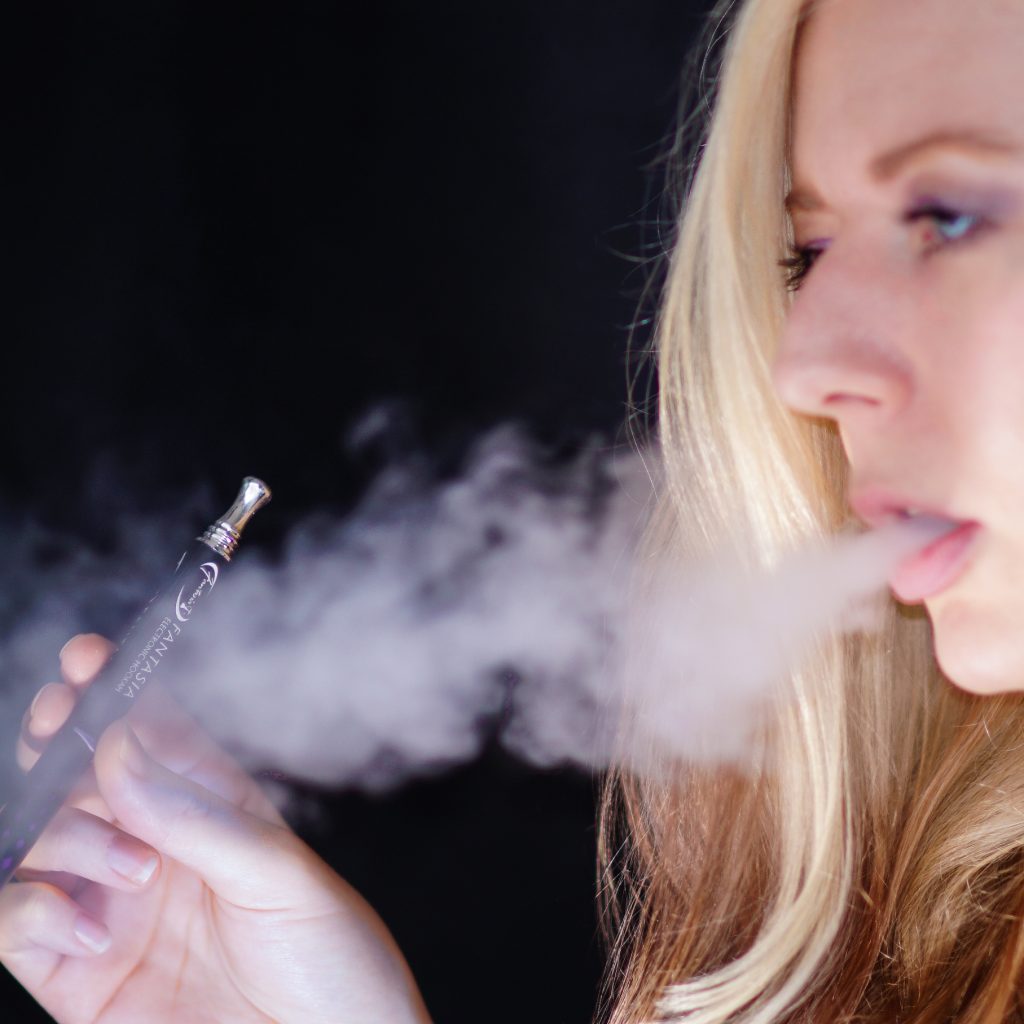Smokeless tobacco, often perceived as a less harmful alternative to traditional smoking, presents a complex debate around its safety and implications for public health. Advocates argue that smokeless tobacco products, such as chewing tobacco and snuff, can serve as harm reduction tools for adult smokers seeking to transition away from combustible cigarettes. These products deliver nicotine without the harmful tar and many carcinogens found in cigarette smoke, potentially reducing the risks of lung cancer, respiratory diseases, and heart problems associated with smoking. Furthermore, some studies suggest that smokeless tobacco can effectively aid in smoking cessation, providing a means for individuals to manage cravings while reducing their overall tobacco consumption. However, the safety of smokeless tobacco is not without significant concerns. While it may lack the harmful effects of inhaling smoke, smokeless tobacco is still associated with a range of health risks, including oral cancers, gum disease, and tooth decay.

The nicotine content in these products can lead to addiction, perpetuating a cycle of tobacco dependence that is difficult to break. Additionally, the perception of smokeless tobacco as a safer alternative could inadvertently encourage new users, particularly young people, to experiment with nicotine in forms that they might otherwise avoid, leading to increased overall tobacco use. The marketing of smokeless tobacco products often targets younger demographics, further complicating efforts to curb nicotine addiction in this vulnerable population. Regulatory frameworks around smokeless tobacco also vary widely, with some countries implementing strict controls on advertising and sales, while others remain lax, allowing for the unregulated promotion of these products. This inconsistency can lead to confusion among consumers regarding the relative risks associated with smokeless tobacco compared to smoking. Public health organizations emphasize the importance of comprehensive education about the dangers of all tobacco products, regardless of their form, to prevent misunderstandings about perceived safety.
Moreover, the long-term health effects of smokeless tobacco are still not fully understood, with ongoing research examining its impact on health outcomes compared to traditional smoking. Some studies indicate that the risk of developing certain cancers is significantly higher in smokeless tobacco users than in non-users, highlighting the importance of viewing smokeless tobacco not as a safe alternative but as a harmful product in its own right. The Haypee environmental impact of tobacco production, including the cultivation of tobacco plants and the manufacturing of smokeless products, raises questions about sustainability and ecological health. The tobacco industry contributes to deforestation, soil depletion, and water pollution, exacerbating global environmental challenges. Efforts to promote smokeless tobacco as a safer option may overlook these critical environmental implications, complicating discussions about the overall sustainability of tobacco consumption. Ultimately, while smokeless tobacco may offer a perceived reduction in risk for current smokers, it is essential to approach the conversation with caution.
